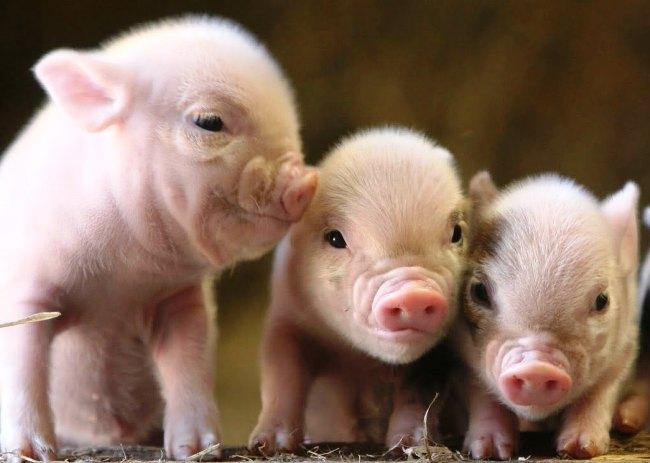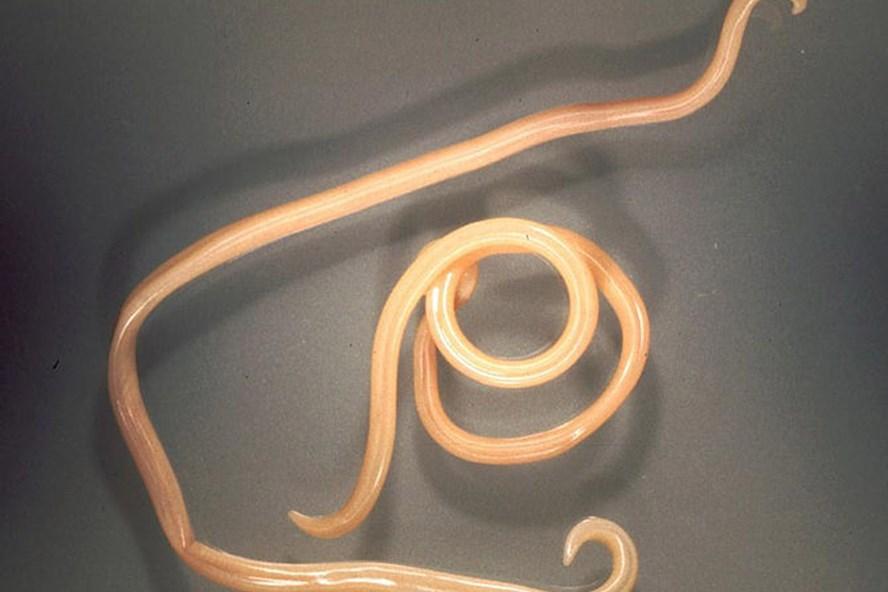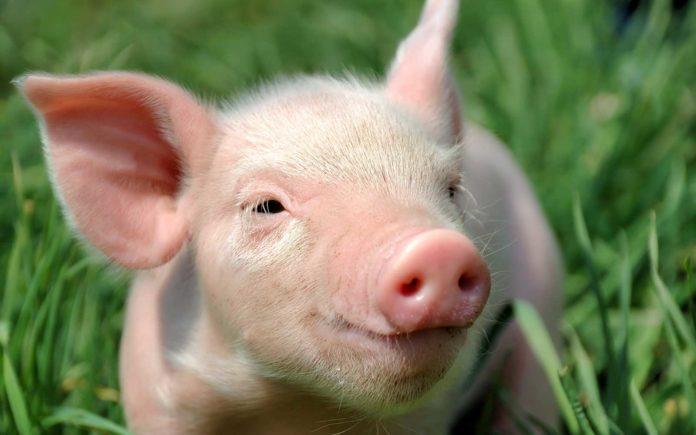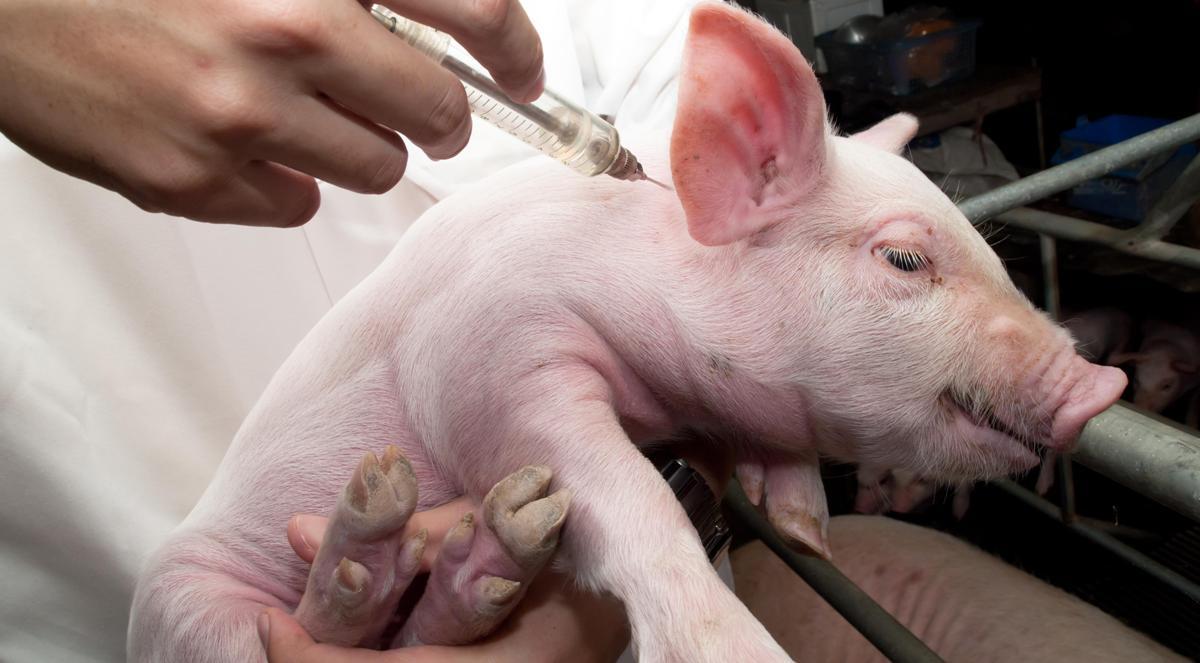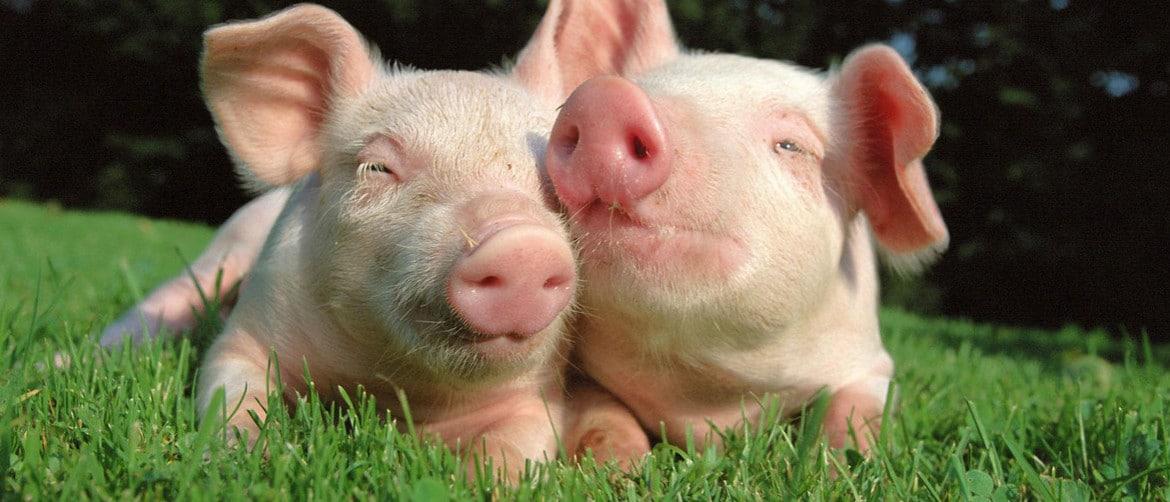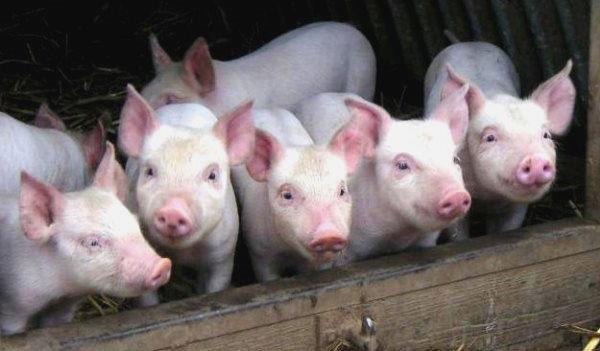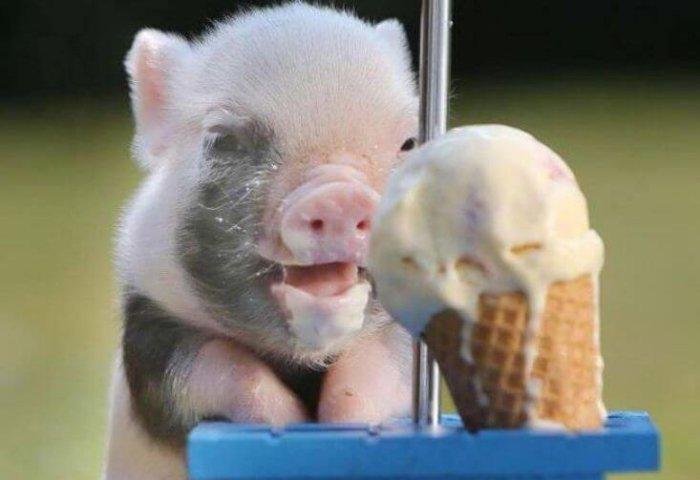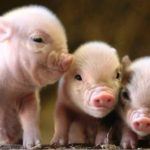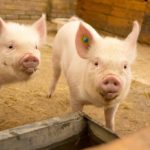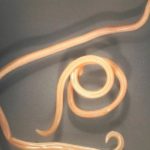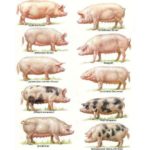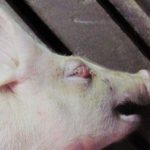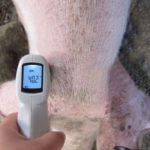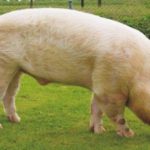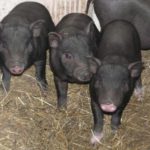Healthy piglets look cheerful, eat well, gain weight, and grow quickly. To do this, it is necessary to monitor the cleanliness of their housing, their health, and the correct feeding diet. Sometimes owners notice that the animal becomes boring and does not even want to look at food. It is necessary to find out the reasons for the behavior, why the piglet does not eat well and how to correct this situation.
Causes and symptoms of poor appetite in pigs
Pig refusal to eat occurs for several reasons:
- flaws in the animal's nutrition;
- serious health problems;
- errors in content.
You can tell that an animal is feeling unwell by a number of symptoms:
- lethargic behavior;
- the pig lies all the time;
- loss of appetite;
- temperature increase;
- rapid breathing;
- change in the appearance of skin, feces, urine.
Vitamin D deficiency
If a piglet does not receive enough vitamins, it develops vitamin deficiency, leading to a drop in immunity, changes in the quality of metabolic processes, lack of appetite, and developmental delays. A lack of vitamin D is accompanied by bone deformation, cramps appear, and the gait becomes uncertain and shaky. The animal stops eating normally, does not get up, loses weight, and may develop rickets.
To correct the situation, foods containing the required amount of vitamin D are introduced into the diet. Sometimes it is enough to add whole milk and fish oil to the menu to improve the situation. Meat and bone meal or blood meal helps solve the problem.
The piglet's body itself is capable of producing vitamin D under the influence of ultraviolet radiation. To do this, the animal is provided with a comfortable walk in the fresh air in the summer. In winter, when the risk of developing rickets is maximum, an ultraviolet lamp is placed in the room and the animals are irradiated for 4-8 minutes. On the recommendation of a veterinarian, in emergency cases the piglet is given vitamin injections or added to the feed.
Poor nutrition
An unbalanced diet can result in intestinal disorders in piglets. The digestive tract of young animals is quite delicate and is not able to fully digest the dry food that their owners often give them. Coarse feed and excessively cold or hot water are harmful for young animals.Their reaction to sudden changes in diet is negative - the piglets eat poorly or completely refuse new food. Stomach upset and gastroenteritis are possible.
A monotonous diet also leads to loss of appetite. Pigs prefer different tastes. To maintain constant interest in food, you should change the taste of the additives, and the piglet will eat with pleasure. It is necessary that all components be present in the animal’s diet - proteins, fats, carbohydrates, essential minerals and vitamins. Animals should have free access to fresh food and the opportunity to eat their fill.
There is an opinion that good growth comes from feeding plant foods in large quantities. This is a misconception; it is more correct to use high-quality compound feed, and use plant foods as a supplement. It is important to follow feeding standards for piglets of different ages.
Worms
One of the main reasons that a piglet is lethargic, loses appetite or completely refuses to eat is infestation with worms.
Symptoms of helminthic infestation include:
- animal anxiety,
- poor sleep;
- rub their tail against hard surfaces;
- coughing and sneezing when infected with nasopharyngeal worms;
- elevated temperature at an advanced stage;
- weight loss;
- The grunt is quiet and hoarse.
Sometimes piglets infected with worms bite and attack other piglets. Large helminths can be seen in feces when cleaning a room from manure. Individuals found to have worms should be removed. Isolation is carried out for the purpose of prevention and to ensure that the infected do not disturb the rest of the piglets. Antihelminthic drugs are given to all animals in the pigsty, regardless of whether they have worms or not.
To determine the dose and frequency of use of the anthelmintic drug, it is recommended to consult a veterinarian.Use must be strictly as prescribed, since some drugs are very toxic and take quite a long time to be eliminated from the body. The room is thoroughly cleaned and subsequently disinfected.
Infectious diseases
Diseases in piglets caused by infection are often accompanied by symptoms:
- loss of appetite;
- the piglet is lethargic, lies down and does not approach food;
- body temperature rises;
- cough, vomiting, profuse salivation, bloody diarrhea appear;
- ulcers form on the mucous membranes;
- coordination of movements is impaired;
- weakness and muscle tremors appear.
Any changes in the animal's behavior should be recorded and contacted by a veterinarian.
Edema disease
Occurs during the period of weaning piglets from the sow. The nervous system is affected as a result of tissue swelling. Young animals that have gained more body weight are more often affected. The first three days after infection are asymptomatic, loss of appetite is possible. Then the temperature rises sharply, paralyzes the limbs, the eyes swell, the chest and head swell. The piglet is in severe pain and squeals loudly. The death rate of young animals is high.
Plague
The most dangerous disease for pigs. Carried by rats and lice. Characteristic symptoms of plague:
- heat;
- lack of appetite;
- purulent discharge from the eyes;
- red spots on the skin;
- rash;
- at a later stage - foam at the mouth.
Unvaccinated individuals die.
Smallpox
The infectious disease leads to numerous deaths of young animals. Symptoms include:
- apathetic state;
- loss of appetite;
- rashes starting from the groin;
- formation of dark scabs;
- an uncertain, unsteady gait.
The best prevention of diseases in piglets is timely vaccination, the timing of which can be obtained from a veterinarian.If there is a suspicion that at least one individual is sick, you should urgently remove it and seek help from a specialist.
Incorrect air temperature
Piglets are very demanding of environmental conditions. They react extremely sharply to sudden changes in temperature and humidity. In a stuffy and damp room, animals feel unwell, breathe heavily, lose their appetite, and slowly gain weight.
For newly born babies, the optimal ambient temperature is +25 ⁰С. After a week it can be reduced to +20 ⁰С. In winter, the temperature in the pigsty should not fall below +13 ⁰С or rise above +20 ⁰С. This mode can be maintained using lamps or heating devices. Additionally, a flooring is made, raised to a height of about 20 cm above the floor level, and covered with straw. Comfortable humidity - 50-70%.
The room must have ventilation to allow fresh air to flow in, which will improve the animals' appetite and health. At the same time, drafts must be excluded to prevent hypothermia in piglets and the occurrence of colds. In regions with cold climates, the walls of pigsties are additionally insulated.
Stress
Pigs are not stress-resistant animals. Because of their vulnerability, they are capable of experiencing mental trauma even with a slight change in lifestyle. The result is loss of appetite or complete refusal to eat. A number of factors have a depressing effect on the piglet’s nervous system:
- weaning piglets from the sow;
- change of location;
- transfer to another type of feed;
- carrying out vaccinations, operations, injections;
- insufficient lighting in the room;
- crowding of individuals;
- sudden changes in ambient temperature.
For small piglets, the transition period from breastfeeding to regular feed is important. To help them stop experiencing stress at this moment, essential oils are used. They are first added to the feed of sows, and later - to young animals. Thanks to the familiar smell, adaptation is faster, and the piglets do not lose their appetite.
It is very important for young animals to organize a play area that is spacious and clean. These factors have a beneficial effect on their appetite and health.
Diagnosis of the problem
If a pig has lost its appetite and is not eating well, this is a reason to think about the state of its health. Many pathologies begin with the animal becoming bored and lethargic. The best solution is to call a veterinarian to determine the cause. When this is not possible, it is worth moving the piglet to a separate room and observing it.
If you experience diarrhea, cramps, fever, salivation or spots on the skin, you should contact a special service immediately. Losing time can lead to the death of the entire livestock of domestic animals.
How to make food attractive to pigs?
It happens that pigs lose their appetite because they get bored with the same food. It’s easy to change the usual taste by adding salt, mustard, lactic acid or sugar. Supplements improve appetite, animals show interest in food. From time to time, spices need to be changed to create variety. Very willingly, young piglets eat grain that has been previously boiled or roasted. It smells pleasant and is well absorbed by the gastrointestinal tract.
When pigs do not eat and do not even want to get up, a treatment that boils down to yeasting the feed can be used. Baker's yeast is added to food, the composition of which includes vitamins, amino acids, and proteins.After such nutrition, the piglets' condition and well-being improve.
If animals do not eat well, you can increase their appetite and attract them to food by changing their living conditions. With proper care, cleanliness, maintaining the necessary parameters of temperature, humidity and lighting, this will not be difficult.


